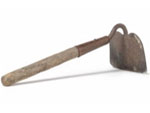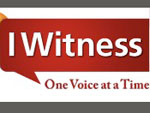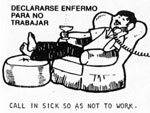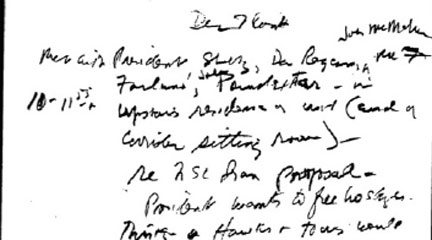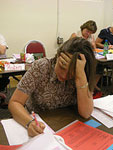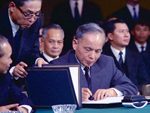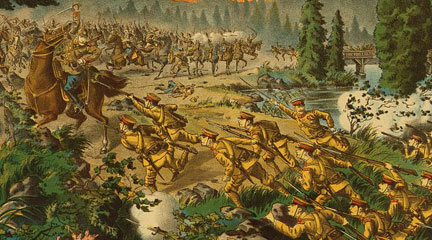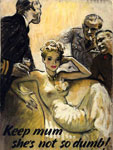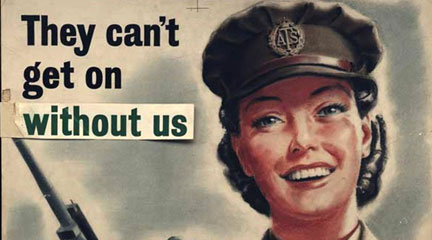You ask a good question, but, unfortunately, not one that is easily answered. Currently, there are not very many culminating world history assessments on the Internet. Part of the issue may stem from the fact that many instructional sites focus more on lessons and activities than they do on assessments (with the exception of released standardized exams from states such as New York or California). Since there are not many sites devoted to world history projects, teachers must do a bit of searching to find assessment ideas. Before doing so, however, it may be helpful to think about what type of culminating assessments might be particularly well suited to world history courses. One of the challenges of teaching a global world history course is developing final assessments that are on the right scale. Since world history units typically include several regions and centuries, end of unit, semester, or year projects should allow students to show what they have learned about connections between particular events and larger global patterns. In what follows, I suggest types of culminating assessments that would work at the unit, semester, or course levels. Where possible, I have included some web-based examples of these types of assessments.
Timeline Projects
Timelines are often a staple in history classrooms. In world history with its large temporal scale, having students organize and interpret historical time can be very useful. Smaller classroom assignments based on timelines can be scaled up to be end of unit or course assessments. For example, world history teacher Sharon Cohen writes about the challenging concept of change over time in this short article. She ends with a description of an annotated timeline activity that could easily be adapted into a culminating assessment. In this activity, students have to determine the particular significance of world historical events within a given time period or over several time periods. Instead of placing pre-determined events onto a timeline, students use evidence and their own historical judgment to choose events that they then argue are the most significant for a global pattern in world history (e.g., the impact of technology and demography on people and the environment). Teachers can assess students on their ability to correctly place events in time as well as evaluate how they link the events to the larger global pattern.
Mapping Projects
Culminating projects that allow students to make spatial connections between different regions can also be very useful in a world history course. One way to do this would be to have students create an annotated map of a particular region (such as Africa or Asia) or of the world. For example, a lesson in the Cold War unit in the World History for Us All online curriculum asks students to create an annotated map of the Cold War and its impact on “Third World” countries. Students then choose one of those countries to investigate in depth by creating a poster and short presentation. The poster includes a timeline and information on the consequences of the Cold War on cultural, political, and economic developments within the country. With minor modification, this lesson idea could certainly be used as a final project for a Cold War unit. World historian Deborah Smith Johnston suggests having students draw annotated “mental maps” of the world or a particular region as pre- and post-assessments for world history courses. See hereProjects Based on Illustrative Cases of Global Patterns In another answer on this site, I wrote about the value of using case studies to teach world history. A culminating project that allows students to dig deeper into a particular case (e.g., nation, event, person, commodity, object) can engage students and allow the teacher to assess how students apply the case to larger patterns studied in a particular unit or course. For example, the New York State Education Department suggests a project where students assume the role of a representative of a nation applying to the United Nations for assistance. Students must research the historical context and current conditions in the country that led to a particular political, economic, or social issue. In doing so, students would be able to demonstrate how they can connect what they have learned across a semester or year of world history to the current conditions in one country.
Good Starting Places for Project Ideas
The World History for Us All website contains full units and lessons for every era of world history. Although not every unit contains a final project, there are some that do. As mentioned above, many lesson ideas can be extended to develop culminating projects. Teacher sites can be helpful for project and lesson ideas. There is a social network on Twitter (#SSChat) that has a strand for world history educators. Here you can browse archives for project ideas or join the group and ask other teachers for suggestions. Most importantly, as you develop good world history project ideas, you should post them so that this question will not be so hard to answer in the future!
